A Google page experience update is slated to begin in mid-June 2021 and finish by the end of August 2021. The search engine will focus on including user experience (UX) into how it ranks content in results pages. With an advance notice on the update, it’s clear that Google wants marketers and business owners to be aware of what will change so they can adequately prepare for it.
User experience was already a factor in ranking, but Google is introducing new factors and measuring tools that will make it more precise. In a nutshell, it wants to ensure that if people are having a bad experience on a website, it will not rank highly in search results pages.
Here is a breakdown on what will change and what it means for your business.
User experience
is vital
Users are the theme of the Google page experience update. The goal is to ensure that web-browsing is at top form at all times, whether people are searching on desktop or mobile. Google wants its users to have a seamless experience regardless of basic searching or scrolling through websites.
Previously, things like mobile optimization, security, and loading times were all accounted for when ranking a website or page. Those factors are not only taking a few steps forward in the priority chain, but new factors are being introduced.
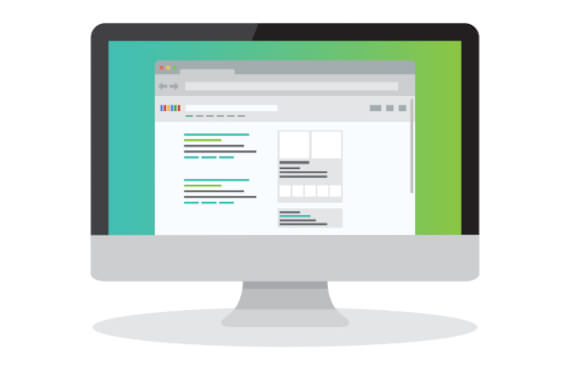
How will
google track this?
The previously mentioned factors, such as mobile optimization and security, will remain strong ways Google will track user experience. However, there are three Core Web Vitals that are being added as a means of measuring:
1. Largest Contentful Paint (Loading) – Google will track how long it takes for your website to load. The longer it takes, the less likely people are to stay on it. Around 2.5 seconds is ideal, and any longer than that can result in your website dropping rank.

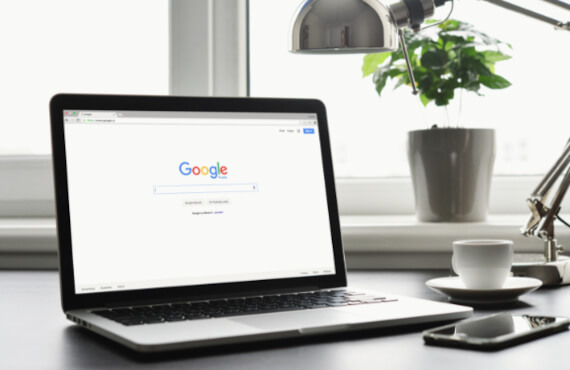
2. First Input Delay (Interactivity) – Similar to Largest Contentful Paint, First Input Delay is about time. It tracks how long it takes for a page to respond to a user’s command. When a link is selected, how long does it take for the website to follow it? 100 milliseconds is the target range for interactivity.
3. Cumulative Layout Shift (Visual Stability) – If your website behaves oddly when people interact with it, then it has low visual stability. Google tracks this via Cumulative Layout Shift. In a nutshell, it measures the likelihood of objects on a page to shift or change when users interact with them. Based on your website’s performance, Google will give you a CLS score. 0.1 or lower is optimal in this case.

How to get your
website ux friendly
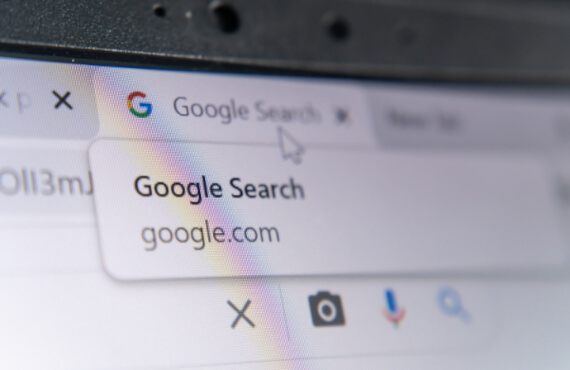
Now that you understand what’s going to be tracked, it’s critical to know how to streamline your website. After all, what good is knowing the optimal CLS score if you don’t know how to achieve it? Thankfully, there are many tools available that are sure to prepare your website for the Google page experience update:
A Web Vitals Extension is an easy-to-use method of tracking your Core Web Vitals. It tracks your vitals in real time and gives you all the numbers that you need. However, it only works on desktop, so you’ll to use it from a computer.
Lighthouse is a tool that is practically necessary. It is designed to specifically track your Core Web Vitals and let you know what your website is doing well and what it could do better. It can be installed into your browser or run as a Chrome extension.
PageSpeed Insights is a tool straight from Google that will directly measure how long your website takes to load and how fast it is all around. It works in tandem with Lighthouse to measure your Core Web Vitals.
While the Google page experience update may seem overwhelming, our experts at Greenbaum Stiers Strategic Marketing Group can help you along. Contact us for a free marketing review or get started with our website solutions to ensure that your business is ready for the update!
7. Create an
email strategy
Email marketing is still an effective way to promote your business. By coming up with a solid email strategy, you can set up a way of regularly engaging with your customers and rewarding them for opening your messages. Emails are extremely flexible and are often used in addition to other marketing channels.

8. Get
good reviews

Good reviews are crucial for any business. When potential customers search your shop and those 4-5 star reviews pop up, they’re much more likely to choose you. As part of your social media or email marketing strategies, you can offer discounts to those who leave reviews.
9. Pay
for ads
While it is daunting to start putting money into your advertising, it’s a strategy that often pays off when done well. Google and Facebook both have commonly used and intuitive systems in place for you to advertise effectively.
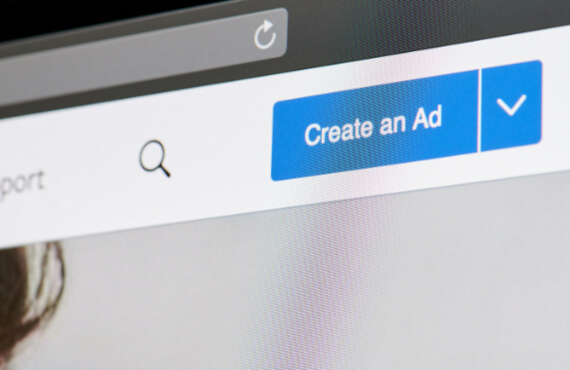
10. Give quality
products/services:
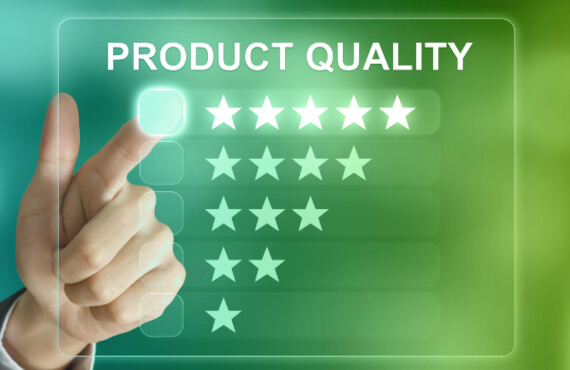
Before you know how to promote your business, you must ensure that you product or service is top notch. If customers aren’t satisfied with what you provide, no amount of marketing can undo that. Be the best it is at what you do, and the results will speak for themselves.
Start the conversation
with Greenbaum Stiers
Whether you’re a burgeoning startup or an established enterprise aiming to expand, Greenbaum Stiers is here to assist. Contact us today to schedule a no-obligation consultation and discover how our dedicated team can help your business flourish in a constantly evolving world.
